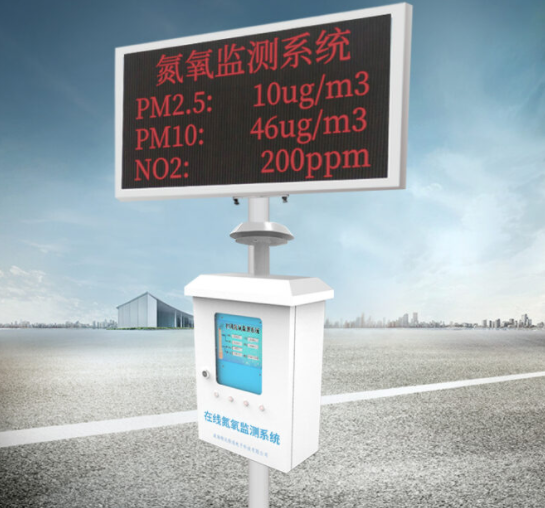
Nitrogen oxides in the air
Naturally emitted nitrogen oxides mainly come from the decomposition of organic matter in the soil and the ocean, and belong to the natural nitrogen cycle process.

Naturally emitted nitrogen oxides mainly come from the decomposition of organic matter in the soil and the ocean, and belong to the natural nitrogen cycle process.
Naturally emitted nitrogen oxides mainly come from the decomposition of organic matter in the soil and the ocean, and belong to the natural nitrogen cycle process. Most of the NO emitted by human activities comes from the nitrogen oxides in the exhaust gas produced by the combustion process of fossil fuels, such as the combustion process of automobiles, airplanes, internal combustion engines and industrial kilns; it also comes from the process of producing and using nitric acid, such as nitrogen fertilizer plants, organic Intermediate plants, non-ferrous and ferrous metal smelters, etc.
Nitrogen oxides can stimulate the lungs, making it more difficult for people to resist respiratory diseases such as colds. People with respiratory problems, such as asthmatics, are more susceptible to the effects of nitrogen dioxide. For children, nitrogen oxides may cause damage to lung development. In addition, nitrogen oxides, mainly nitric oxide and nitrogen dioxide, are an important cause of photochemical smog and acid rain. The toxic smoke formed by the reaction between nitrogen oxides and hydrocarbons in automobile exhaust gas is called photochemical smoke. Photochemical smog has a special smell, irritates the eyes, harms plants, and can reduce atmospheric visibility.

Common nitrogen oxide single component detection methods include: naphthalene ethylene diamine hydrochloride colorimetry, laser induced fluorescence method, galvanic coulometric titration, piezoelectric stone sensor, gas sensor sensor, and chemiluminescence method. Among them, the chemiluminescence method is more suitable for continuous online monitoring of the volume concentration of nitrogen oxides in the flue gas. Naphthalene ethylenediamine hydrochloride colorimetry is a traditional chemical detection method, which cannot realize continuous online analysis and can only be sampled and measured. The laser induced fluorescence method has fast response speed, high sensitivity, and can achieve very low detection limit, but the coefficient is too complicated and precise, and the cost is too high. The primary cell coulometric titration method has a longer response time and poor continuous operation ability, which is not suitable for continuous online monitoring. The gas sensor sensor has good stability, selectivity, high sensitivity, and low cost, but with the passage of time, the response time becomes longer and the sensitivity decreases. The components are consumables, generally only 1-2 Years, it needs to be replaced frequently. The chemiluminescence method has high measurement accuracy and sensitivity, short response time, wide linear range, stability and reliability. It is currently one of the mainstream nitrogen oxide measurement methods, and can realize online nitrogen oxide monitoring.